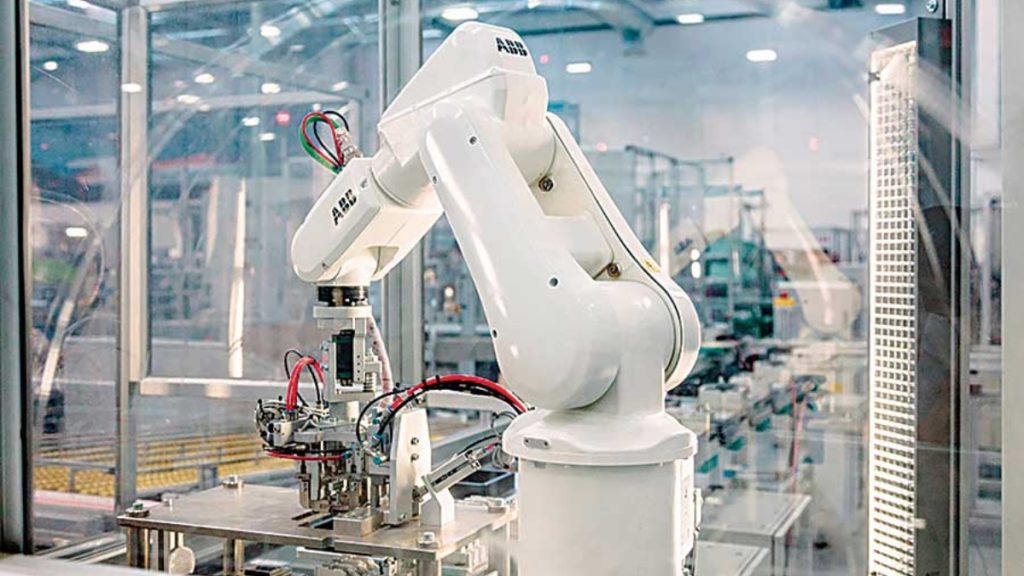In the industrial landscape, automation and robotics have become pivotal in driving efficiency and growth. As industries expand and the demand for high-quality products and services increases, scalable automation emerges as a key factor in achieving operational excellence. This article explores the profound benefits of incorporating robots into growing industries, highlighting how scalable automation can transform various sectors.
Understanding Scalable Automation
Scalable automation encompasses systems and technologies that can be readily modified to handle rising workloads and shifting industry needs. Unlike conventional automation, which often lacks flexibility and is constrained in its scope, scalable solutions are built to grow and adjust effortlessly.
Crucial elements that impact scalability include modular design, adaptable programming, and seamless integration with current systems. This type of automation allows for efficient scaling as production demands increase, minimizing the need for extensive revisions or interruptions. Such flexibility is essential for industries that experience variable demands and aim to stay competitive.
Benefits of Robotics in Growing Industries
One of the major benefits of incorporating robots into manufacturing is the significant increase in productivity. Robots can operate continuously with high precision, which accelerates production cycles and boosts output. Unlike human workers, robots do not suffer from fatigue, enabling them to work non-stop and speed up production processes.
For example, in automated assembly lines, robots efficiently perform repetitive tasks with consistent speed and accuracy. This high level of efficiency reduces production time, helping companies meet rising demand and enhance their market presence.
Consistency and Quality Assurance
Robots can handle repetitive tasks such as assembling components, industrial robot welding, and packaging finished goods with consistent quality. This automation not only accelerates production but also reduces the need for manual intervention, allowing human workers to focus on more complex and creative tasks.
In fields such as electronics and automotive manufacturing, where even small deviations can lead to major problems, robots’ ability to execute tasks with high accuracy significantly reduces the risk of defects. Consequently, companies can achieve superior product quality and bolster their reputation for reliability.
Cost Efficiency
Although the initial investment in robotics can be considerable, the long-term cost benefits often outweigh these upfront expenses. Automated systems reduce the reliance on manual labor, leading to lower labor costs and fewer errors. Furthermore, the efficiency of robots results in less waste and reduced material costs.
When assessing the cost-effectiveness of automation, it’s important to factor in the return on investment (ROI) over time. The financial savings from decreased operational costs and increased productivity frequently offset the initial capital expenditure, making automation a cost-effective solution for many expanding industries.
Versatility and Adaptability
Robots offer exceptional versatility and can be adapted to perform various tasks and meet diverse production needs. This flexibility is vital for industries that need to quickly adjust to shifting market trends and consumer preferences. For instance, in manufacturing, robots can be reprogrammed to handle different products or adapt to new production techniques.
This ability to quickly reconfigure robotic systems with minimal downtime or cost provides a competitive edge in rapidly evolving industries. Companies can diversify their offerings and swiftly respond to market changes, enhancing their agility and strategic positioning.
Industry-Specific Applications
In the manufacturing sector, robots play a central role in streamlining production processes. From assembly lines to welding and packaging, robots enhance efficiency and accuracy. Automated systems in robots manufacturing are particularly valuable for high-volume production, where precision and speed are essential.
Robots can handle repetitive tasks such as assembling components, industrial robot welding, and packaging finished goods with consistent quality. This automation not only accelerates production but also reduces the need for manual intervention, allowing human workers to focus on more complex and creative tasks.
The healthcare industry benefits significantly from robotics, particularly in surgical procedures and patient care. Surgical robots enable precise and minimally invasive operations, leading to faster recovery times and improved patient outcomes. Additionally, robots assist in tasks such as medication dispensing and patient monitoring, enhancing overall efficiency in healthcare facilities.
By automating routine tasks, healthcare robots free up medical professionals to concentrate on critical care and complex procedures. This improved efficiency contributes to better patient care and streamlined hospital operations.
Agriculture
Agriculture has seen remarkable advancements with the introduction of robotics. Robots are employed in tasks such as planting, harvesting, and monitoring crops. These automated systems enhance precision in farming practices, leading to more efficient use of resources and improved crop yields.
Logistics and Warehousing
In logistics and warehousing, robots are revolutionizing the way goods are sorted, packed, and managed. Automated systems streamline inventory management, reduce errors, and accelerate order fulfillment processes. Robots equipped with sensors and AI algorithms can navigate warehouse environments, optimize storage, and facilitate efficient order picking.
The integration of robotics in logistics enhances operational speed and accuracy, contributing to a more efficient supply chain. Automated systems can handle repetitive tasks such as sorting and packing, allowing human workers to focus on strategic and value-added activities.
Conclusion
Scalable automation, driven by advancements in robotics, offers significant benefits to growing industries. From enhancing productivity and quality control to providing flexibility and cost efficiency, robots play a vital role in modernizing and optimizing industrial operations.
As technology continues to advance, the potential for scalable automation will only increase, transforming how industries operate and compete. Embracing robotics in various sectors can lead to substantial gains and position businesses for success in an ever-evolving market.




